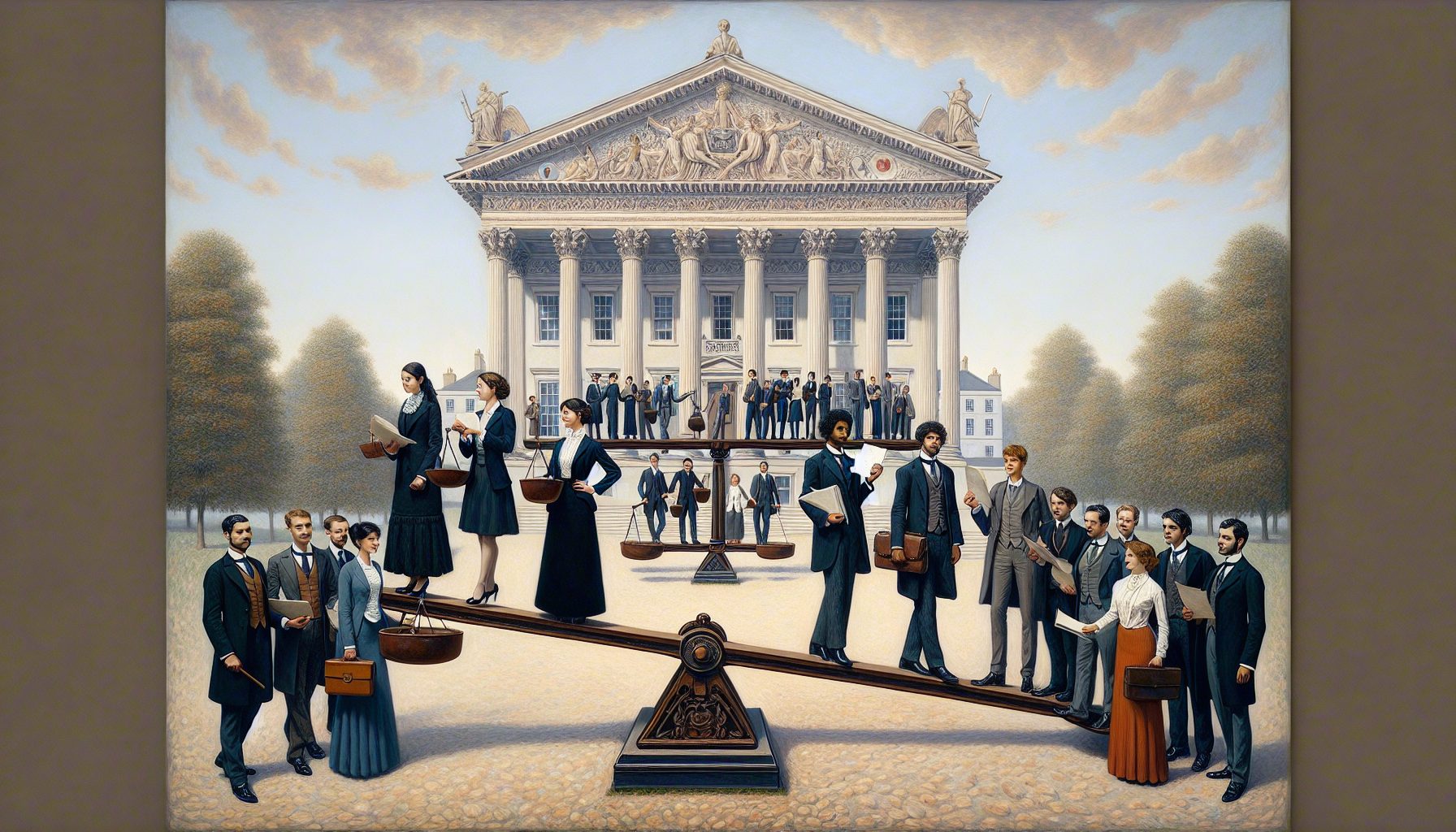Is Siebel the 900-pound gorilla of customer relationship management—or more like King Kong just before his fall?
Siebel forged a profitable new business, helping large companies track their interactions with customers. Now, SAP, PeopleSoft and Microsoft want a piece of the action. Siebel says it’s unafraid.

Some of what Gorman says has the ring of truth. For instance, the majority of SAP’s reference customers for its customer software are in Europe. Only nine out of its 100 “success stories” are found in the states. But Gorman’s share figure is based on Siebel’s way of measuring the market—counting only the largest six vendors.
When all competitors are counted, Siebel’s share is only about 18% of the market, according to AMR Research. And SAP is closing the gap—having gone from nowhere three years ago to an 8% share and second place in 2002. PeopleSoft and Oracle are tied for third with 3% shares each. Microsoft is just getting started.
“It’s not a foregone conclusion anymore that [customers are] going to go with Siebel,” says Ben Holtz, president of Boston-area CRM consulting firm Green Beacon Solutions.
Some current Siebel customers aren’t happy. Nucleus Research found many customers that Siebel pointed to on its own Web site had not seen the benefits they had expected (see Post/Riposte: Nucleus Research Doesn’t Take Siebel At Its Word). “They’re very arrogant, very full of themselves,” said one. “Their service staff is unresponsive to the point that I use their service as little as we can.” Siebel’s own surveys show its customers “have wide success,” says Gorman. “We survey our customers every six months, and there was a 13% to 14% increase in revenue on average over the last six months.” But there’s a reason to question those statistics, too: The auditor it used, Satmetrix, is partly owned by Siebel.
SAP is confident it’s closing in. At the January announcement of the company’s new NetWeaver application integration framework, SAP co-CEO Hasso Plattner said his company’s CRM software “is probably functionally superior to Siebel,” as well as faster and easier to use.
Then there’s Microsoft Customer Relationship Management (MS CRM). The product was announced last February. Factories finally began producing copies of the software in late January.
Gorman dismisses Microsoft’s offering: “We don’t think it’s a significant competitor.” While Siebel has an array of products built with the needs of specific industries in mind and offers integration tools, Microsoft’s product is more general, offers far fewer features and is dependent on other Microsoft technology.
But Gorman forgets history. Microsoft starts off making a basic product that can be delivered by its legions of resellers and developers. Those partners build systems customized for customers’ needs, and make improvements—which Microsoft often folds into the next version. While Siebel, SAP and other CRM vendors offer a more complete set of products, “people are having challenges trying with these monolithic CRM packages,” says Nucleus Research’s Rebecca Wettemann, because they force companies to use canned methods of operation. “Unless you follow Siebel’s process, you aren’t going to get there.”
Microsoft’s bottom-up approach takes the opposite tack. Microsoft is likely to let customers build systems from the ground up that match their own processes.
That’s why, in the long run, Siebel has more to worry about than just SAP and PeopleSoft. If there’s anybody who knows how to be the 900-pound gorilla in software, it’s Microsoft.








